By Edward G. Miller
One of the largest and perhaps the best known of the museums in the Army system, the General George S. Patton, Jr. Museum, is located at Ft. Knox, Kentucky, about 35 miles south of Louisville, on U.S. Highway 31W, but parts of it will soon be moving.
Formerly known as the Patton Museum of Cavalry and Armor, the facility was established to preserve historical material and to enhance the training of Armor soldiers. The museum is under the direction of the U.S. Army Center of Military History.
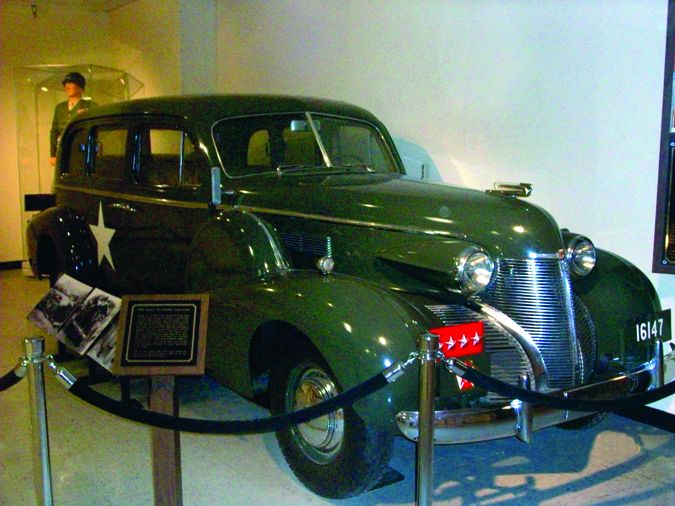
When she dedicated the museum in 1949, Beatrice Patton, the general’s widow, probably did not foresee that it would house one of the world’s largest collections of operational historic tanks and other combat vehicles.
The museum hosts over 120,000 visitors annually and includes the Emert L. Davis Memorial Library, galleries featuring armor and cavalry-related artifacts from the world wars, the Cold War and post-Cold War periods, including operations since September 11, 2001. An outdoor static display showcases several American combat vehicles from World War II, including an M-10 tank destroyer and M-32 series tank-recovery vehicle, as well as an M1A1 tank and UH-1 helicopter.
The Davis Library holds an extensive (9,000 volume) collection of U.S. technical manuals, general histories of armor and mounted combat, plus 5,000 cubic feet of personal papers and documents. The collection includes gems of information about overlooked but important areas such as the interwar Christie Tanks. There is also a large collection of papers related to armor operations in Vietnam.
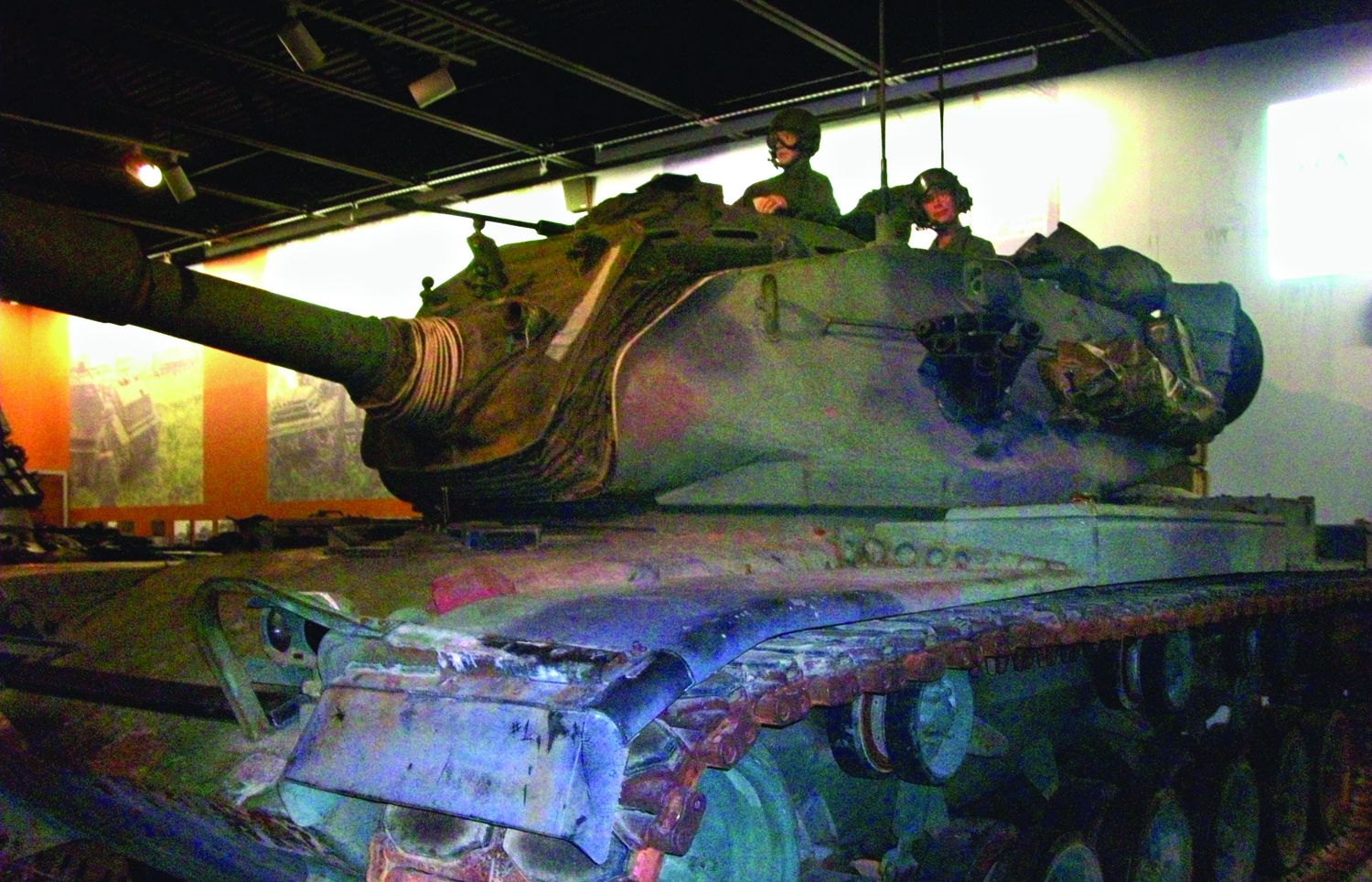
Monuments dedicated to the armored divisions and separate tank and tank-destroyer battalions that served in combat are located adjacent to the building in Armor Memorial Park. Nearby Keyes Park contains a recreation/picnic area that also hosts an annual World War II reenactment featuring operable U.S. and German armor, wheeled vehicles, and antitank guns.
A temporary exhibit includes artifacts recovered from the “Jumbo” Sherman named “Cobra King,” designated as the first tank to enter Bastogne on December 26, 1944; the tank is undergoing restoration at Ft. Knox. Rare pieces of equipment on display include one of the few remaining M2A1 medium tanks, a precursor to the M4-series Sherman, and a restored M2A3 Light Tank (“Mae West).” Other items include a M3-series “Lee” in running condition, an M4A3 Sherman, White Scout Car, and a Japanese Type 95.
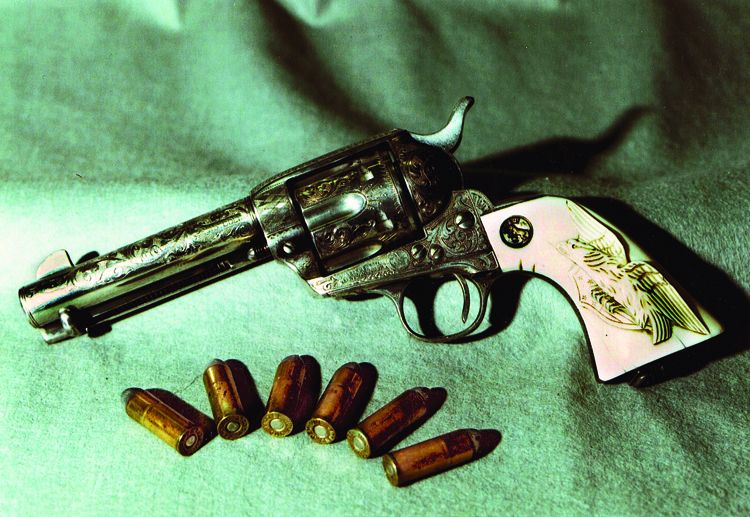
German vehicles include a MkVI King Tiger, MkV Panther, StuG III, and a Mk III. Armored vehicles from the Korean, Vietnam, and current operations are also on display.
The Patton Gallery includes the general’s famous ivory-handled pistols, his fox-hunting clothing, and the dress blue uniform he wore at his daughter Beatrice’s wedding to John K. Waters. His 1912 Olympic outfit, his helmet liner with four stars and painted insignia, and several other uniform items are also on view, as is the famous “Green Hornet” tank crew uniform and his leather flying jacket. Also on display are his “peep” with Third Army markings, the converted repair shop van used as his field quarters, and the car in which he was riding at the time of his fatal accident in December 1945.
In 2005, Congress passed Base Realignment and Closure (BRAC) legislation that directed the Army to relocate the Armor Center to Ft. Benning, Georgia. Therefore, the Patton Museum, library, and most of the outdoor armor displays located throughout Ft. Knox will relocate to Ft. Benning by September 30, 2011, where it will co-locate with the Infantry Center to form the Maneuver Center of Excellence.
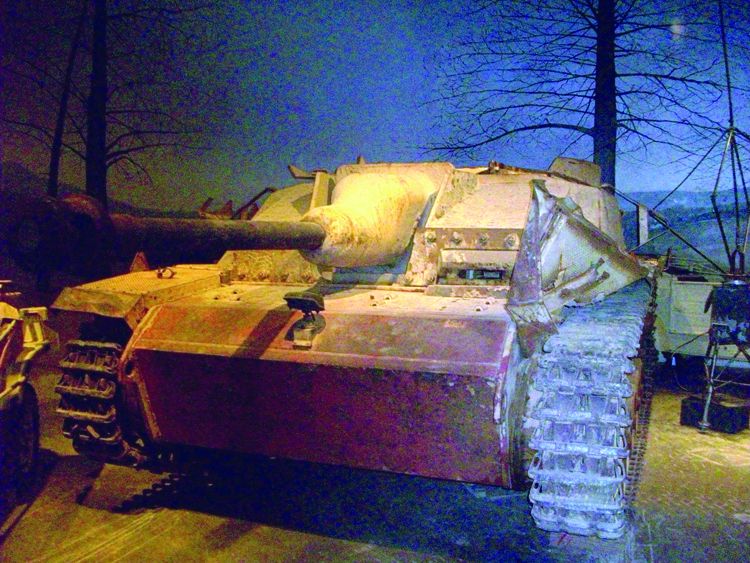
The Army is already moving some of the display vehicles to Ft. Benning, where they will become exhibits at a new museum. The Patton Museum Foundation is raising funds to rebuild the existing facility to honor Patton and continue to serve the community. Plans call for most of Patton’s personal items to remain at Ft. Knox.
The museum is located at: 4554 Fayette Avenue, Fort Knox, Kentucky 40121-0208; (502) 624-3812.
Operating Hours:
Weekdays: 9:00 am to 4:30 pm EST;
Holidays and Weekends: 10:00 am to 4:30 pm; Special Summer Weekend Hours (May-September): 10:00 am to 6:00 pm.
(Closed January 1; Easter Sunday; Thanksgiving Day; December 24–25, and December 31.)
There is no charge for admission. Group tours are available.
For more information and details, go to: www.generalpatton.org
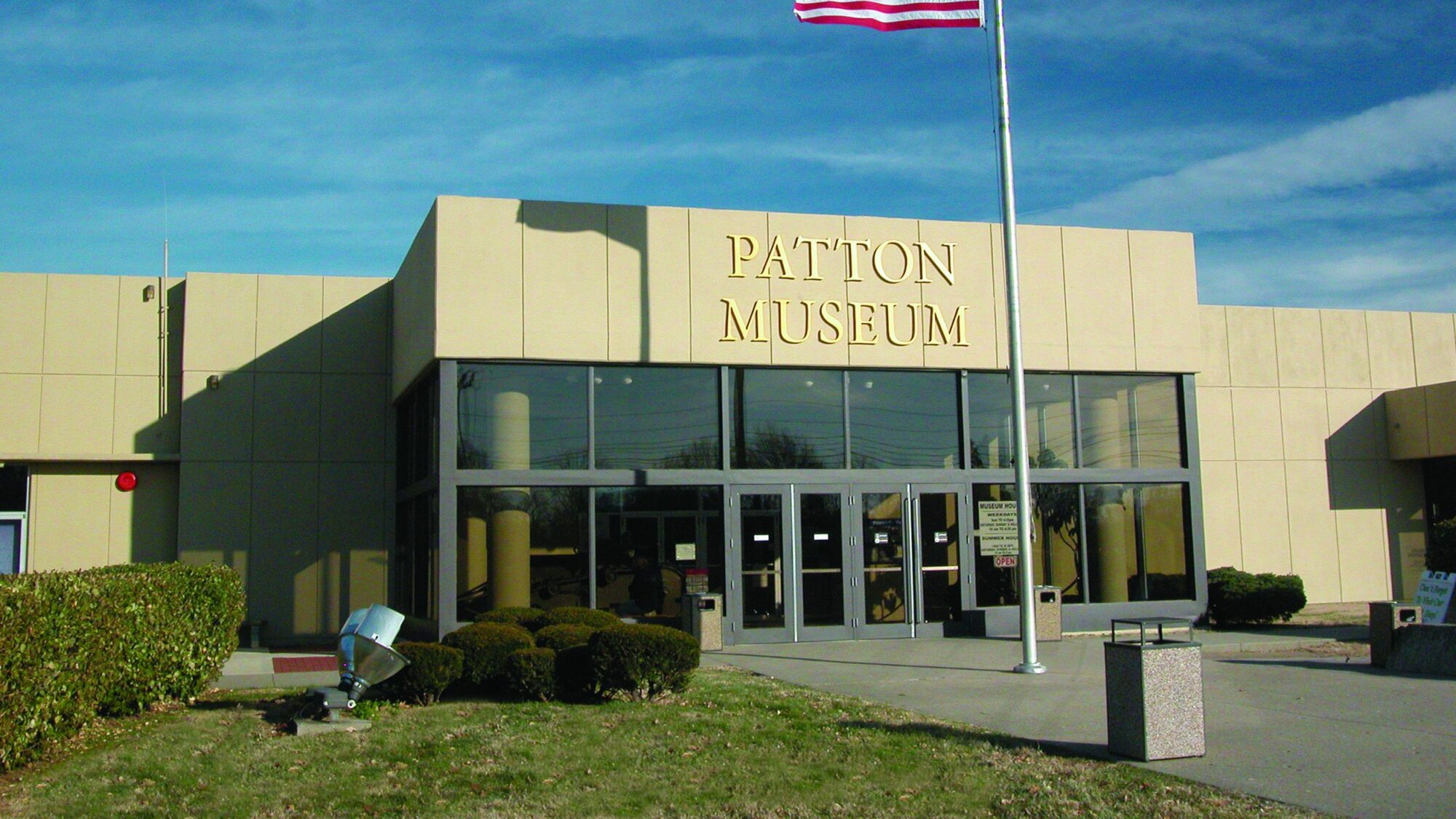

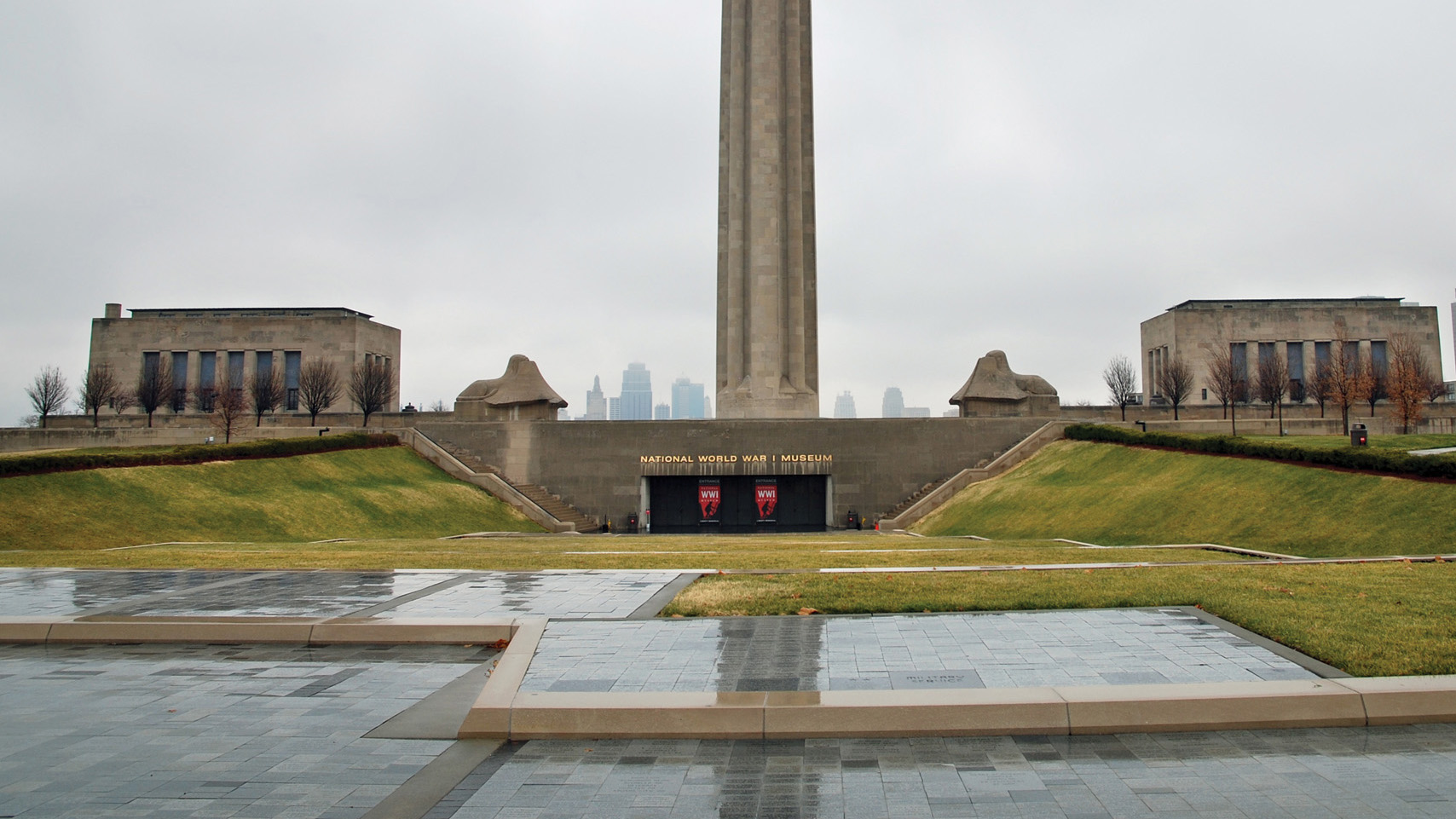
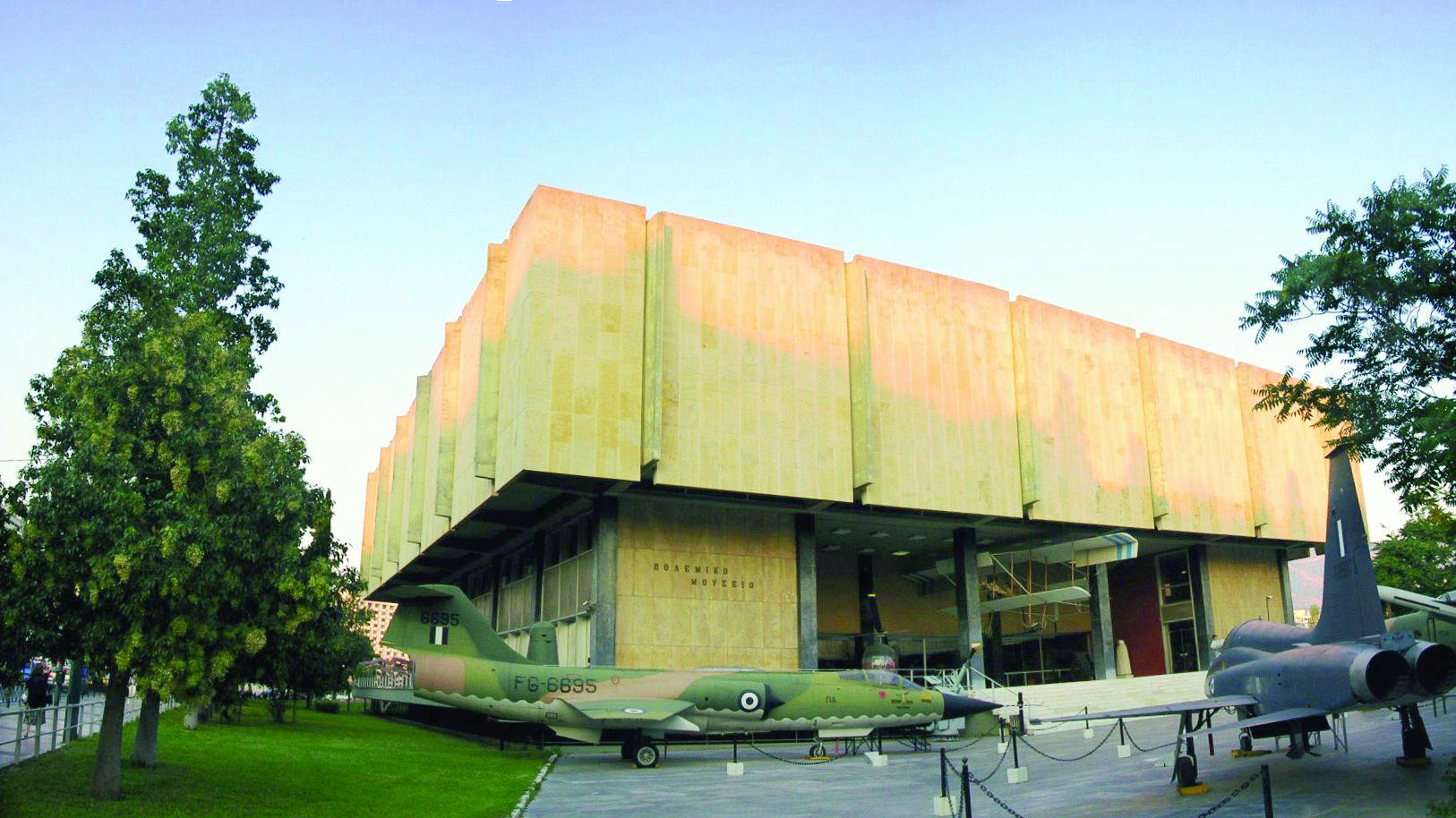
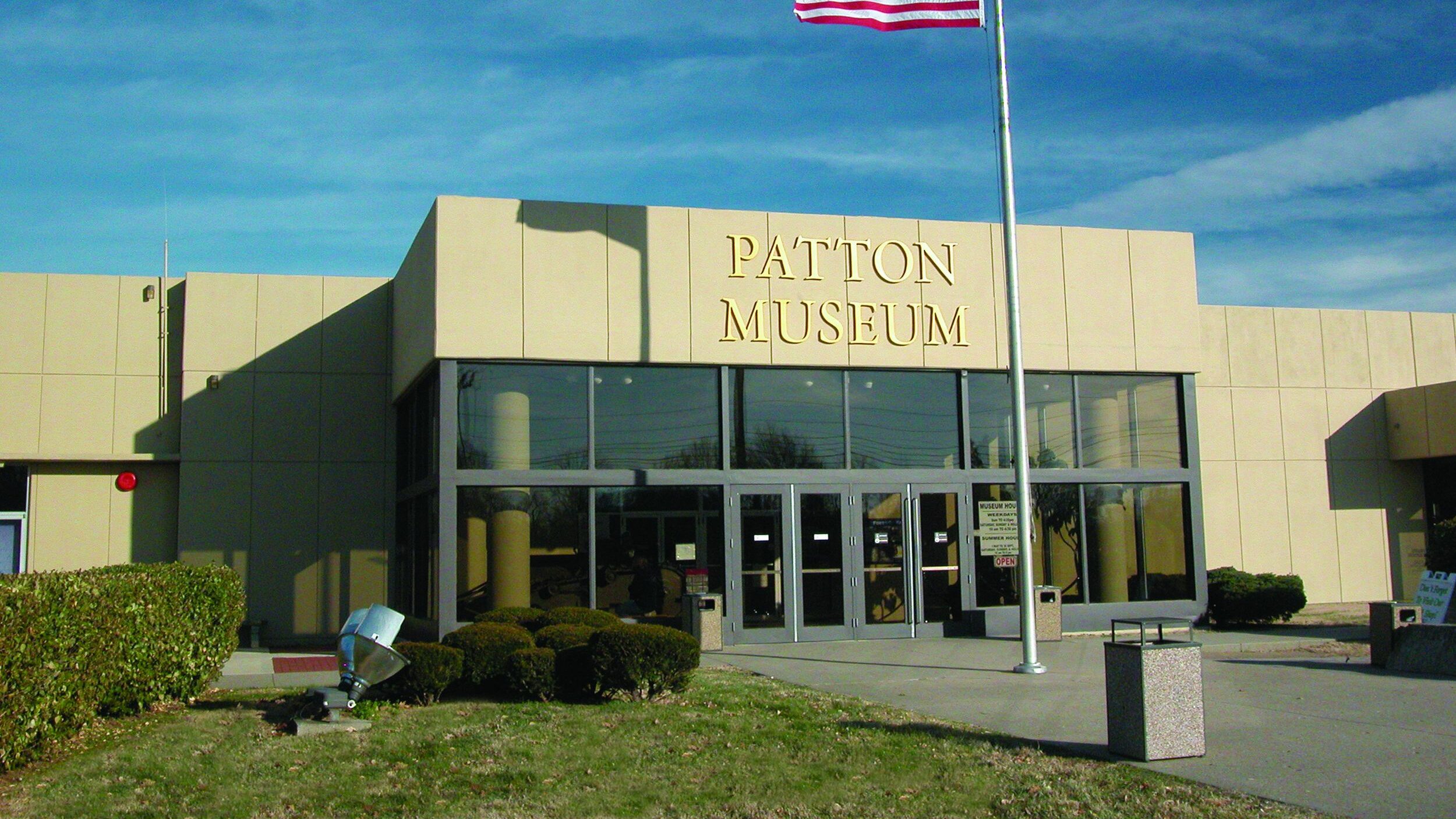
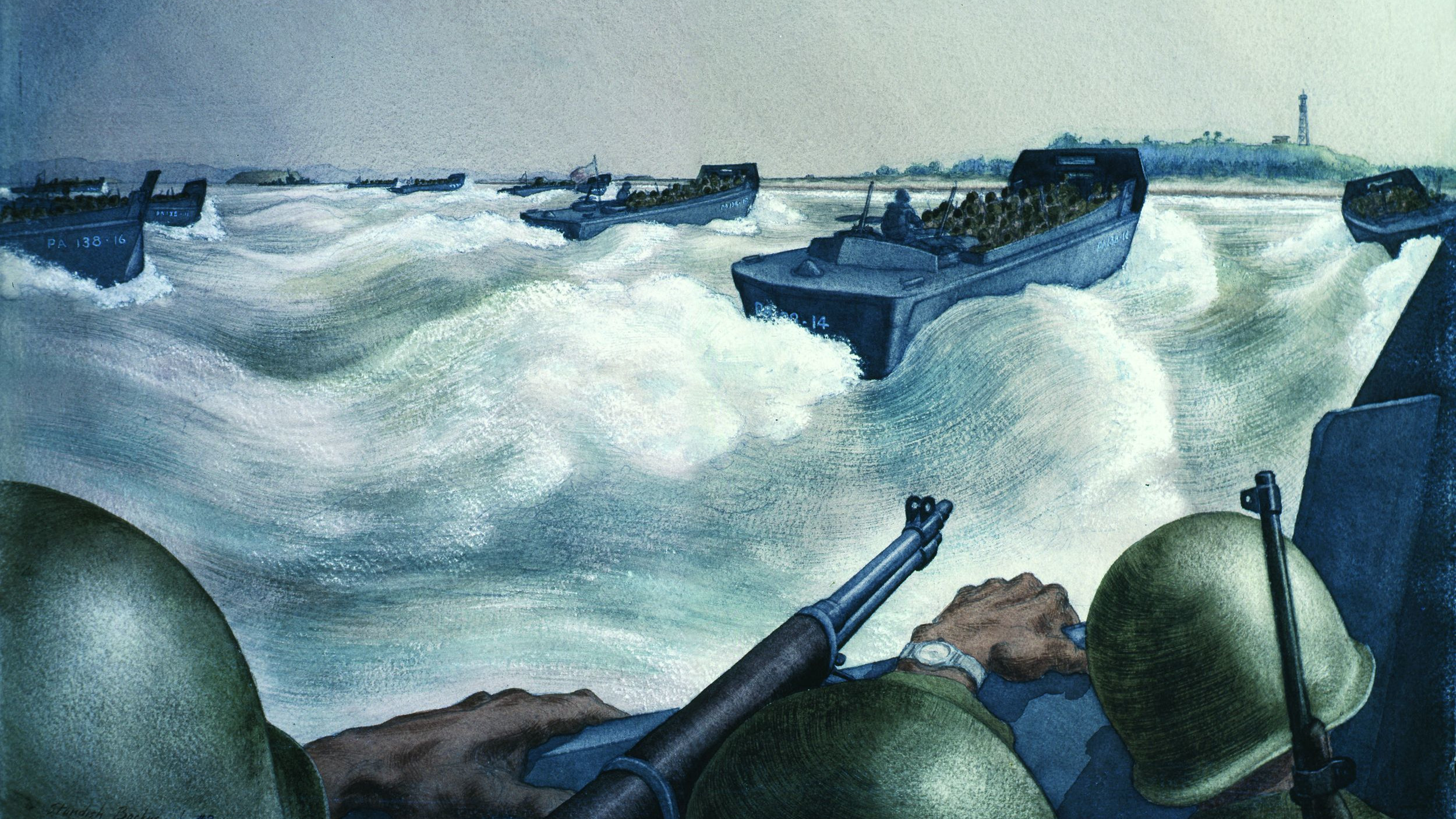
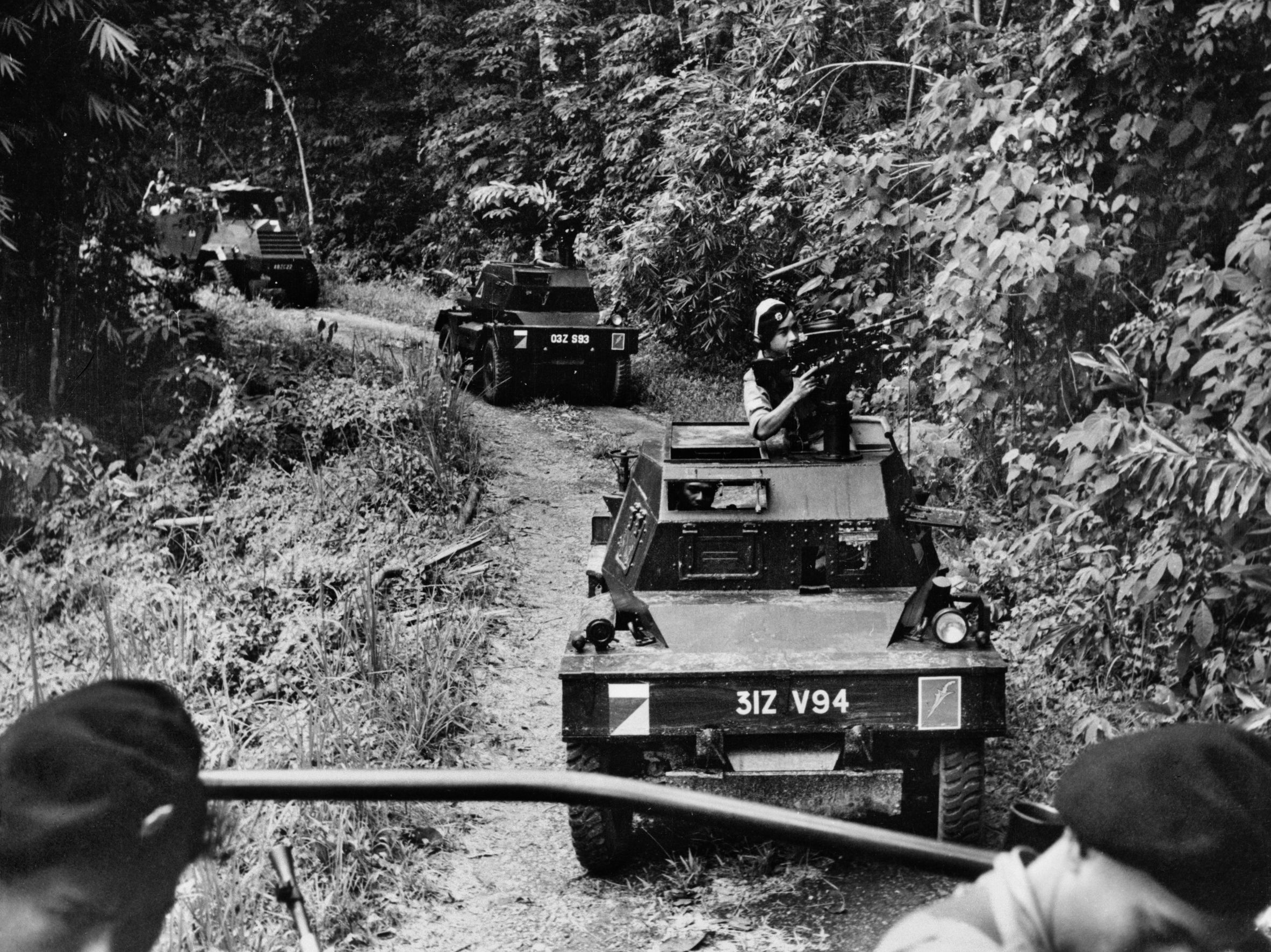
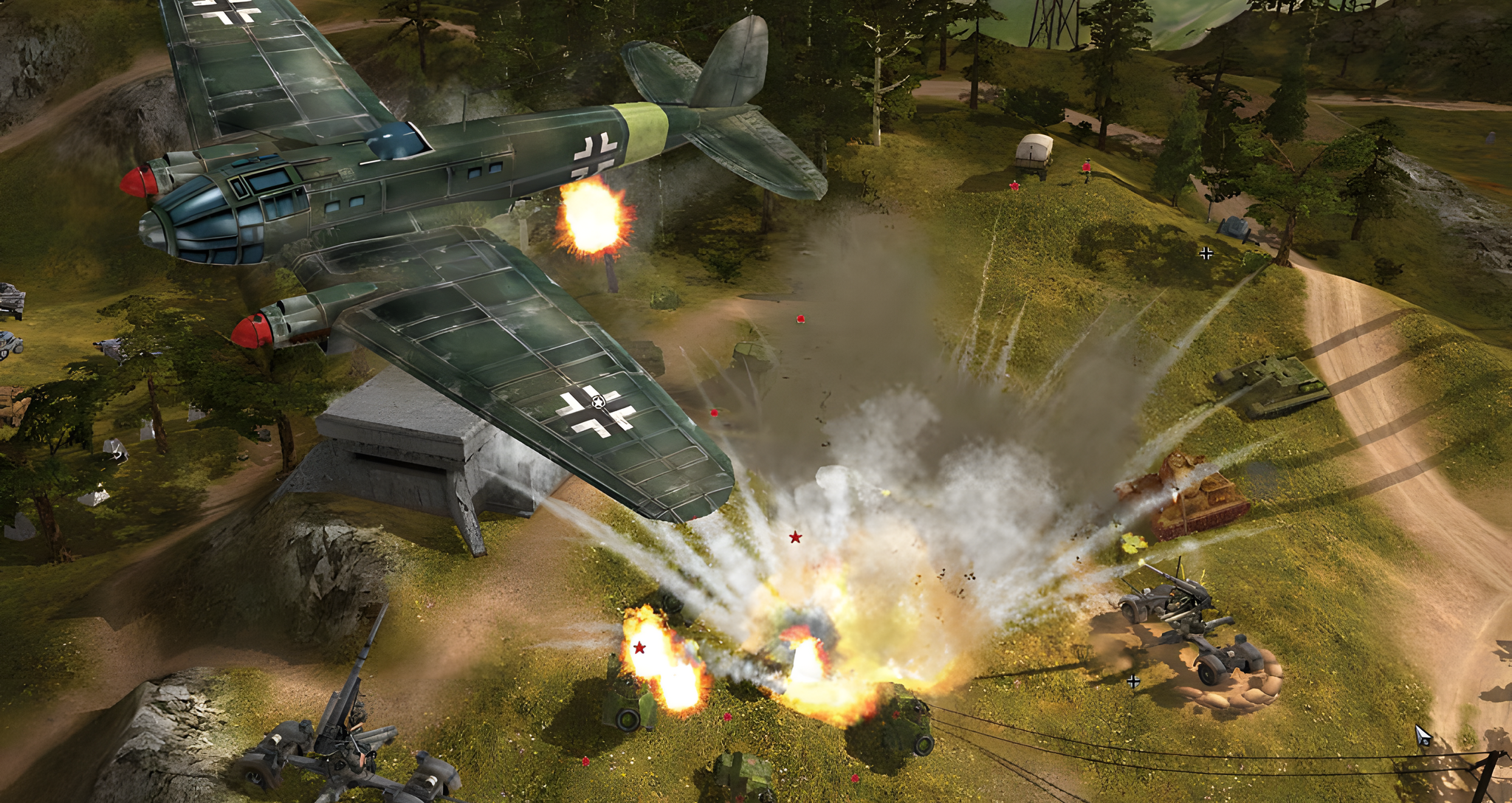
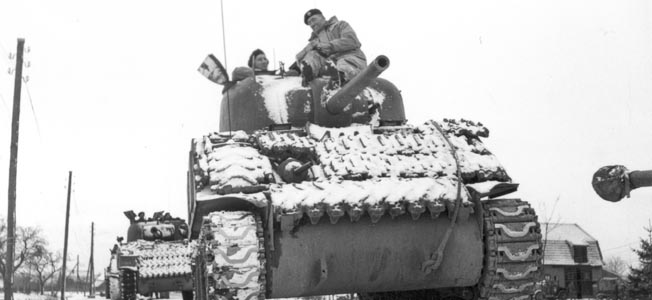
Join The Conversation
Comments
View All Comments